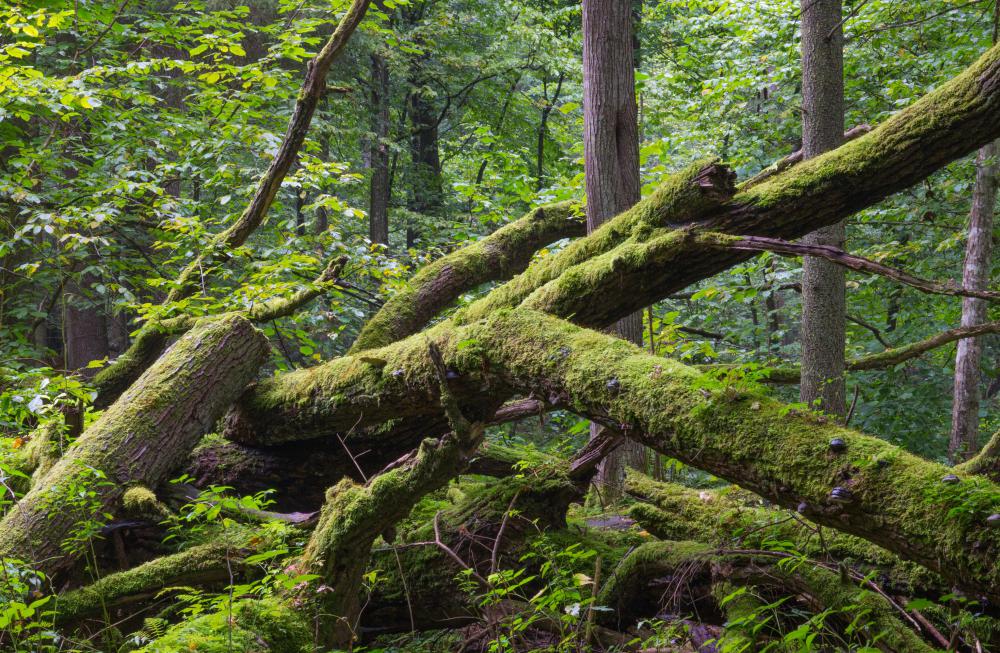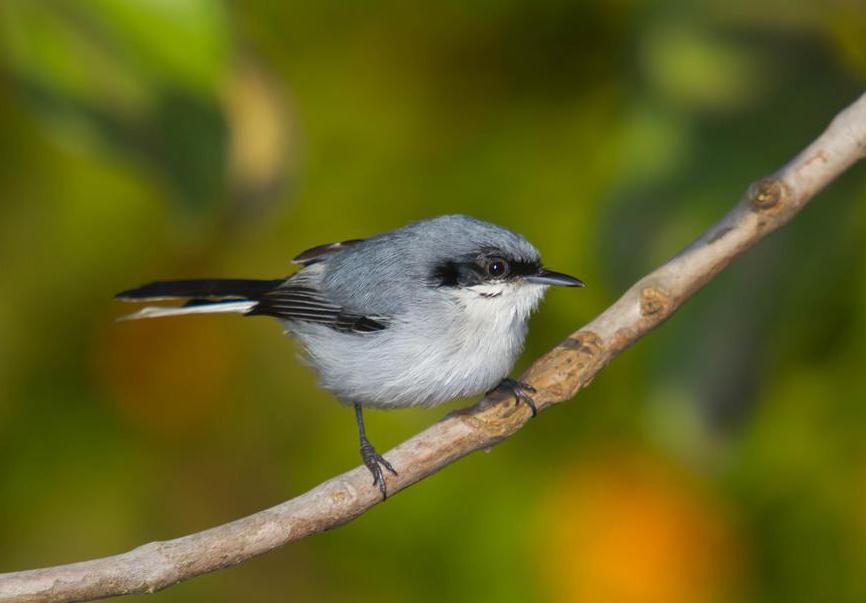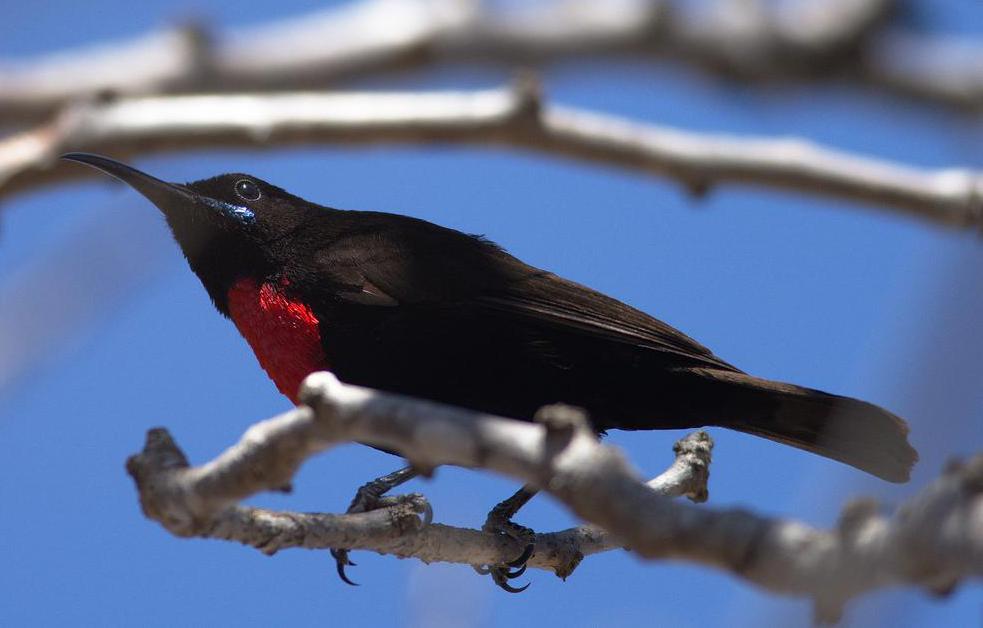At AllThingsNature, we're committed to delivering accurate, trustworthy information. Our expert-authored content is rigorously fact-checked and sourced from credible authorities. Discover how we uphold the highest standards in providing you with reliable knowledge.
What Is Rainforest Conservation?
A rainforest is any area of the world that both heavily forested and receives a large amount of rain. In many places the plants of the rainforest are being destroyed, which has resulted in the loss of many of the animals that normally live there. Rainforest conservation is the attempt by different people and organizations to protect and preserve the rainforest, as well as the plant and animal life within it.
In general, a rainforest receives at least 100 inches (254 cm) of rain per year, and sometimes much more. The temperature in a temperate rainforest rarely goes above 68° F (20° C), while the temperature in a tropical rainforest rarely goes below that, and it never freezes. Temperate rainforests are limited to a very small part of the world, including the northwest coast of the United States, and small areas of Australia and Chile.

As a general rule, when people talk about rainforest conservation they are referring to the tropical rainforest. These cover large areas of South America, Africa and Southeast Asia, as well as many of the islands north of Australia. Tropical rainforests are in danger of being destroyed due to human activity, combined with a lack of understanding about the environment.

One significant difficulty facing the rainforest is the struggle to survive by those living within them. Some of them have developed farming methods that are termed slash and burn; they cut down a large area of trees and burn it over to destroy any native vegetation. They will then use this area for farming for a few years before the soil is depleted and the people must move on. The cycle is repeated and the result is large, barren areas that will no longer support humans, plants or animals.

Some groups working towards rainforest conservation understand that these people are simply trying to survive. Instead of prohibiting their farming activities, which would be difficult at best to enforce, these conservationists offer alternatives. Many residents of the rainforest have found that by working with rainforest conservation groups they actually end up with better lives.

Ecotourism is one way in which people living in the rainforest can make a living. Instead of destroying the land to earn a living that is meager at best, these people work to preserve the natural beauty of their home. They have learned that people will pay to come to such unspoiled places, and the money tourists bring provides a good living for those that used slash and burn methods in the past.

Careful use of natural resources is another avenue used for rainforest conservation. Some companies in more developed nations reach out to those living in the rainforest. The companies buy products such as brazil nuts and mahogany that grow naturally in the tropics. In order to make a difference, they will only buy these products when they are harvested according to environmentally sound practices.
Frequently Asked Questions
What is rainforest conservation and why is it important?

Rainforest conservation involves the protection and sustainable management of rainforests to preserve their biodiversity, ecological functions, and the benefits they provide to humanity. It's crucial because rainforests are home to over half of the world's species, act as significant carbon sinks combating climate change, and support the livelihoods of many indigenous communities. Conservation efforts help maintain these vital ecosystems for future generations.
How does deforestation affect rainforest conservation?
Deforestation poses a significant threat to rainforest conservation, leading to habitat loss, species extinction, and disrupted ecological balance. It contributes to climate change by releasing stored carbon dioxide when trees are cut down and burned. According to the World Wildlife Fund, an area equivalent to 27 football fields of forest is lost every minute, highlighting the urgency of combating deforestation.
What are some effective strategies for rainforest conservation?
Effective strategies for rainforest conservation include establishing protected areas, promoting sustainable land-use practices, and supporting eco-friendly businesses. Engaging local communities in conservation efforts, providing them with alternative livelihoods, and enforcing laws against illegal logging and wildlife trade are also key. International cooperation and funding for conservation projects play a crucial role in these efforts.
Can reforestation and afforestation contribute to rainforest conservation?
Yes, reforestation (planting trees in deforested areas) and afforestation (creating forests on previously non-forested land) can contribute to rainforest conservation. These practices restore degraded lands, enhance biodiversity, and improve carbon sequestration. However, they must complement, not replace, the protection of existing forests, as mature rainforests have irreplaceable ecological value.
What role do indigenous peoples play in rainforest conservation?
Indigenous peoples are vital to rainforest conservation, as they have a deep connection with their ancestral lands and possess traditional knowledge of sustainable forest management. Studies have shown that indigenous territories often have lower rates of deforestation and better-preserved ecosystems. Empowering and legally recognizing their land rights is a proven method to protect rainforests.
How can individuals contribute to rainforest conservation from afar?
Individuals can contribute to rainforest conservation by supporting organizations and products that promote sustainable practices. Reducing paper and wood consumption, recycling, and choosing products with sustainable palm oil or Rainforest Alliance certification can make a difference. Additionally, raising awareness and donating to conservation efforts are impactful ways to help from afar.
AS FEATURED ON:
AS FEATURED ON:
















Discuss this Article
Post your comments